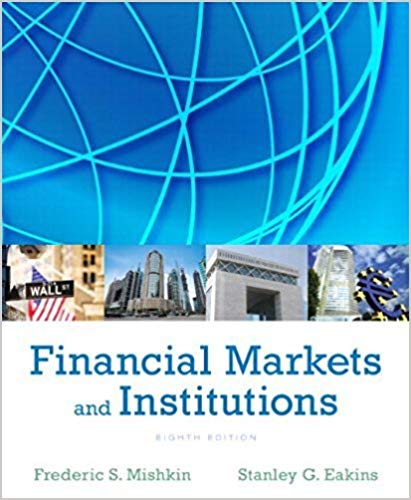Answered step by step
Verified Expert Solution
Question
1 Approved Answer
The 1-year and 2-year CDS spreads on a given reference entity are 100 and 120 basis points, respectively. The risk-free rate is 3% with continuous
The 1-year and 2-year CDS spreads on a given reference entity are 100 and 120 basis points, respectively. The risk-free rate is 3% with continuous compounding for all maturities, the recovery rate is 35% and the payments are quarterly. If a default does occur, it is assumed to occur at the mid-point of a quarter. The hazard rates for the first 2 years that are consistent with the 1-year and 2-year CDS spreads are 1.53% and 2.16%, respectively.
- Suppose the hazard rate for year 3 is 2.25%. Based on this hazard rate together with the hazard rates for the first 2 years, compute the 3-year CDS spread.
- If the observed 3-year CDS spread is 135 basis points,
- Using Solver, compute the hazard rate for year 3.
- What is the probability of default in year 3?
Step by Step Solution
There are 3 Steps involved in it
Step: 1

Get Instant Access to Expert-Tailored Solutions
See step-by-step solutions with expert insights and AI powered tools for academic success
Step: 2

Step: 3

Ace Your Homework with AI
Get the answers you need in no time with our AI-driven, step-by-step assistance
Get Started


